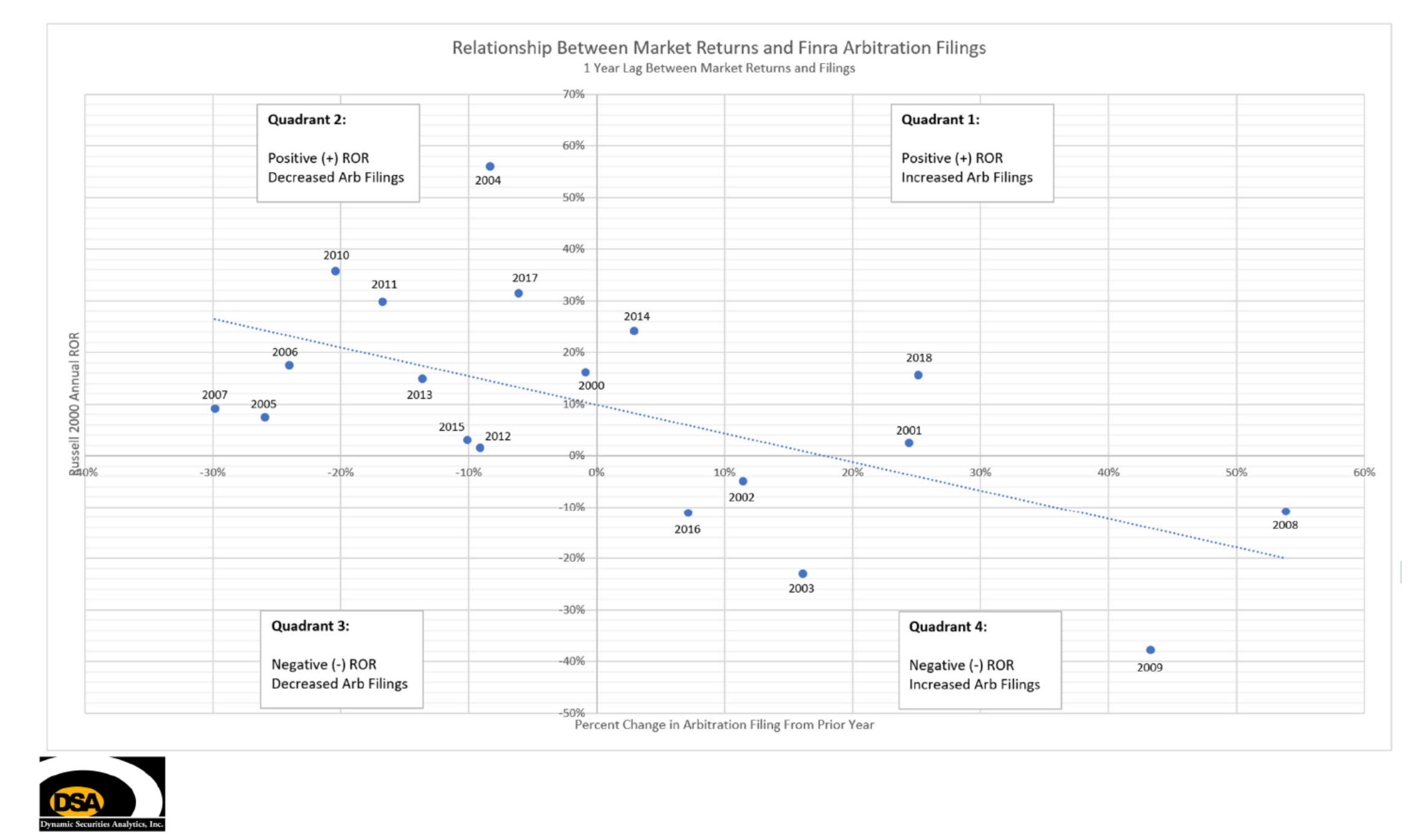DSA analyzed the SAR-SF filing data reported by FinCEN to determine whether firms more often report suspicious money laundering activity or suspected predicate crimes. Every Anti-Money Laundering (AML) intro course teaches that money laundering is composed of three steps: Introduction, Layering and Integration. However, first must come a crime that generates illicit proceeds. Predicate crimes run the gamut from identity theft to bribery to insider trading. DSA assigned categories to the various types of Suspicious Activity reported on the SAR-SF: Money Laundering, Predicate Crimes (not involving securities or futures), Predicate Crimes Involving Securities/Futures, Terror Financing and Unknown/Other. Multiple types of suspected activity can be reported on each SAR-SF. For instance, in 2012 there was on average 1.6 activity types per SAR.
DSA found that reporting of suspected predicate crimes accounted for just over 50% of all SAR-SFs filed in 2012. When Unknown/Other activity is excluded, predicate crimes jump to 72% of all suspicious activity, with non-securities activities at 56% and securities related predicate crimes accounting for 17%. Since 2003, the category of Money Laundering has hovered around 35% of reported suspicious activity when Unknown/Other is excluded. This means that AML departments at securities firms report 3 suspected predicate crimes for every 1 instance of suspected money laundering. Perhaps a new name is in order?
DSA prepared the interactive graphics below to analyze the Predicate Crime vs Money Laundering question. The analysis can be filtered by Category and/or Suspicious Activity Type as reported on the SAR-SF.



